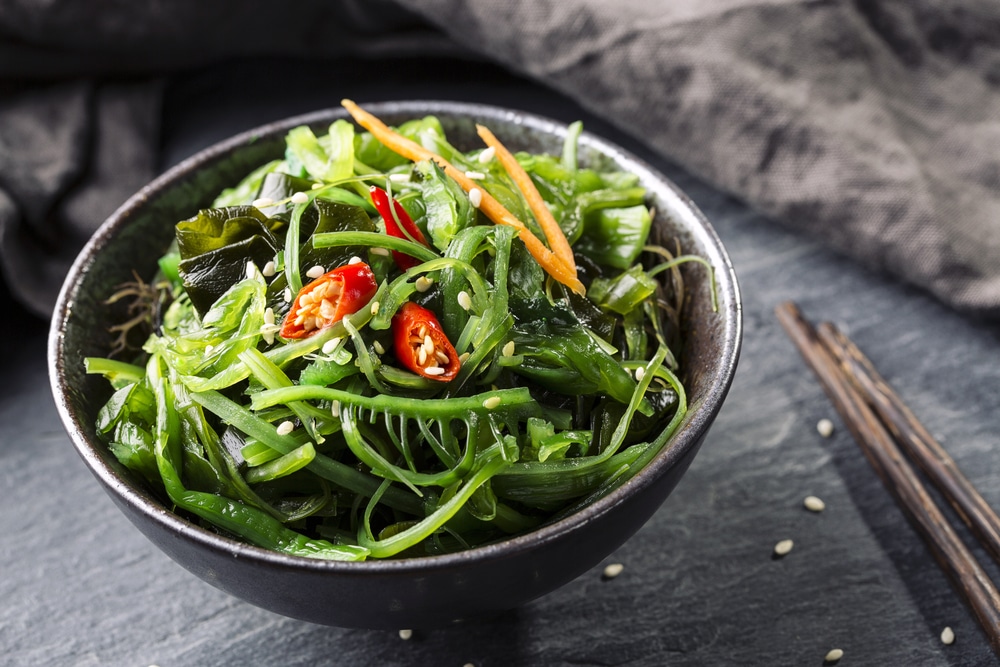
This electroanalytical method is based on voltammetric oxidation of o-phthalaldehyde-ethanthiol derivative of Tau at glassy carbon electrode in 95 methanol containing 0.1 mol L 1 lithium perchlorate. Nationally recognized as the go to source for drug. UV-Vis detector is the most common and widely used detector in research, food, and pharmaceuticals laboratories.

The recoveries are more than 95 and the detection limit is 12 ng of taurine. It is a non-essential nutrient and is synthesized by the liver. A completely new voltammetric method has been developed for quantitative determination of food additive Taurine (Tau) in energy drinks. HPLC with fluorescence detection has been used widely for the determination of B1 and B2 in foodstuffs however, fluorescence detector is much less common than UV detector. Food preparation methods that minimized water loss, such as baking or frying, had higher rates of taurine retention. The HPLC method for taurine analysis in foods showed the precision (relative standard deviation) is better than 5. When an ingredient was constantly surrounded by water during the cooking process, such as in boiling or basting, more taurine was lost. Dulse has three grams per serving or about 20 percent which translates to 300 milligrams. Kelp is a type that’s high in both taurine and vitamin A (which aids vision). determination, on the basis of scientific procedures, that taurine, as defined in the enclosed. The amount of taurine that remained in a feed ingredient after cooking depended upon the method of food preparation. Seaweeds contain significant amounts of taurine, but the iron-rich varieties are even better. Plant products contained either low or undetectable amounts of taurine. Animal muscle tissue, particularly marine, contained high taurine concentrations. Foods were selected based on their use in commercial and home-prepared diets. This study reports the taurine content of both common and alternative feed ingredients, and compares taurine loss as a result of different methods of food preparation.

There is very little information on the taurine content of ingredients used in home-prepared diets for dogs and cats, and foods fed to wild animals in captivity. The aim of this study was to determine the taurine content in a variety of animal feeds.


 0 kommentar(er)
0 kommentar(er)
